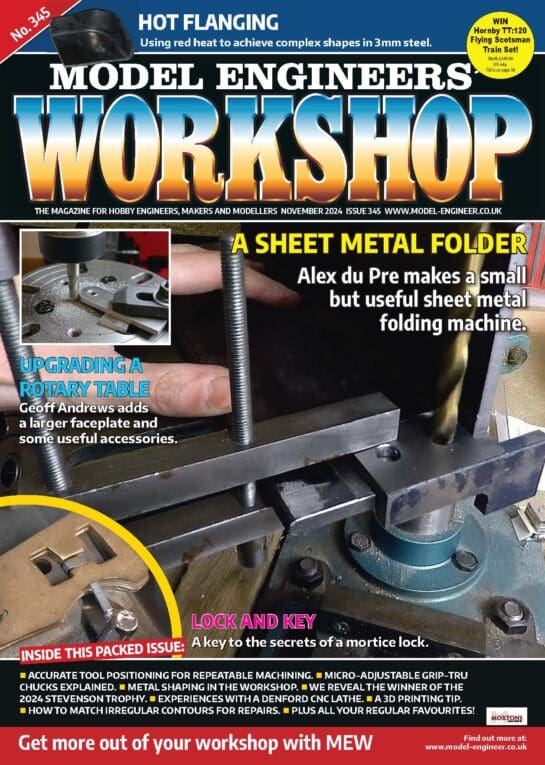Another five points to add to those already made:
The parting tool should be at right angles to the work, so its sides don't rub as you go in, and it's overhang from the toolholder should be no more than required to get you to the middle of the job.
Nor should the topslide overhang its base; overhang = loss of rigidity.
The tool should be on centre height; if above, any tendency for it to rock down under cutting pressure will cause it to dig in. OK, with experience you might set it a smidgeon above centre, so it dips to centre height.
It helps a lot to have a saddle lock, so the saddle is clamped to the bed. There are designs around on the Web, but a small C cramp can be pressed into service.
Again, it can help to lock up the topslide, on the basis that it is best to lock all slides except the one you are using, which is the cross slide when parting off. My lathe is of similar size to yours, and has four gib adjusters on the top slide. I added a fifth in the middle, with no lock nut, a little lever and a bit of protective brass as per one of Gray's suggestions.
Sixth bonus point: If you are using a brazed carbide parting tool from a set with brightly painted shanks which the vendor of the lathe thought you might find useful, it would probably be best discarded. The cutting edge on those is usually rather broad for a small lathe, and the carbide may be to the special Chinese easy-chip recipe. I had one, and the tip fell off the first time I tried it, because the brazing failed. It was part of a set my brother gave me as a birthday present (came from Machine Mart, I think), so I couldn't complain, though I've had better presents.
Andy
Edited By Andyf on 27/04/2013 18:46:58
dave greenham.




